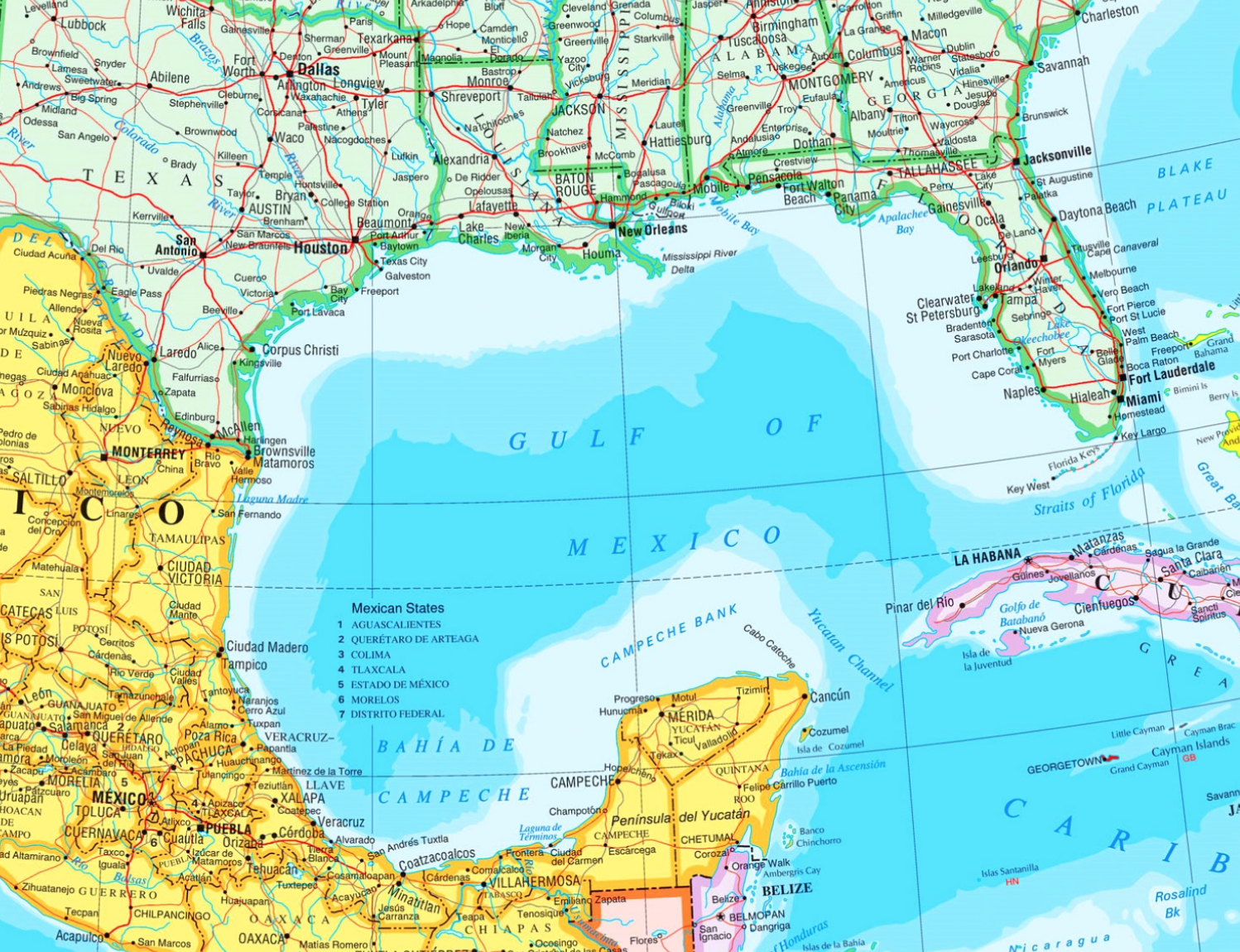
By Grace Cajski
New Orleans is a port city, and from its inception, it seemed destined to be bent to the needs of the world. Like Los Angeles and Phoenix, New Orleans’s existence, particularly its suburbs, is a feat of engineering genius. Through dams, levees, canals, draining, and hacking, man has played God.
It was here, on this mutilated ground, that my friends and I grew up. We have inherited deep knowledge, not of the land, but of how to carve the land to succumb to our needs. In retribution, the land will swallow our children’s lives and livelihoods—if not ours. It seems like we were born knowing what “subsidence,” “brackish water,” and “levee” mean.
What is shocking, though, is that the end of worlds that my New Orleans friends grew up all too aware of were completely foreign to Yale friends. I decided to embark on this blog, a little summer project so that my readers and I can come to understand local environmental issues as if they lived there. Because, far too often, we write off these problems as not our own. But the Gulf of Mexico coastline, its management and biodiversity, and size, is inextricably linked to the rest of the world through a complex web of oil and fishery economics, ecological health, and international agreements.
At the center of it, at least here in the South, are the wetlands. They are pulsing with biodiversity, essentially nurseries of abundance. It is here that fish fry grow, and it is from here that they will swim into the Gulf. Shrimp, crawfish, and crabs live in the wetlands. As they disappear, Louisiana’s billion-dollar seafood industry, not to mention the other coastal states, is threatened. Wetlands are also storm buffers, absorbing rain and blocking wind. Without them, there are no alligator tours, no fishing trips, no hiking trails, no duck hunting. And no New Orleans. Thus far, more than three thousand miles of wetlands have been lost since the 1930s.
So, when the Time Picayune published, on its front page, an article detailing the inevitable loss of the wetlands, its message was damning. The rate of subsidence and sea-level rise will always outweigh the rate of restoration. The only question is when. Why are we unable to save the single most important (at least, economically) natural resource in our area?
It is not for lack of effort or investment. Numerous groups have sprouted up. The Coastal Protection and Restoration Authority have undertaken a coastal wetland revegetation program to overcome how levees prevent the Mississippi from naturally restoring wetlands. The Coalition to Restore Coastal Louisiana leads a habitat restoration program that plants marshes and installs sand fences. The Lake Pontchartrain Basin Foundation studies the central wetlands and just completed an artificial oyster reef program. The Gulf Coast Ecosystem Restoration Council plans to complete the Gold Triangle Marsh Creation Project by hydraulically dredging sediment from Lake Borgne. And, the Common Ground Relief Environmental Restoration Initiative plants trees and marsh grass while educating the public. Through the intricate diplomacy that defines grant-giving and grant-receiving, organizations and projects intertwine—but more often than not, conservation in the Gulf is disjointed and haphazard.
The methods for conservation themselves are flawed and disjointed. While oyster reef restoration, barrier island restoration, and ridge restoration all serve to manually replace what has been destroyed by levees or saltwater intrusion, and freshwater diversions and hydraulic restoration directly address saltwater intrusion, marsh creation is flawed. Sediment is dredged and transported from one place to another—however, it is still subject to the same forces of subsidence and erosion that made the marshes disappear in the first place. Rather than addressing the source of the problems, conservation efforts feel like a last-ditch attempt to give the illusion of action. As this pandemic has taught us, lack of action and inappropriate action are damning.
It needs to be said: Sportsman’s Paradise will be lost. As a result of inaction, casual exploitation, retroactive activism, and timid indecision, the wetlands will die. The question is whether or not cities like New Orleans undertake the work to compensate for the innumerable ecosystem services the wetlands provide soon enough to be able to survive without them. New Orleanians are not the first to have to fathom being a climate refugee. Sea level rise threatening the Maldives and the Marshall Islands, the Central American Dry Corridor, the monsoons pummeling India and the Philippines, and flooding of Kenyan farmland all foreshadow a harrowing international migration to come.
These are all local environmental issues that, from lack of action and awareness, festered until they ballooned to full-fledged global problems. My hope is that this blog will help bring awareness and understanding to such issues around the world—before they too are renounced as lost.
Grace Cajski is a rising sophomore in Benjamin Franklin College. She can be contacted at grace.cajski@yale.edu.